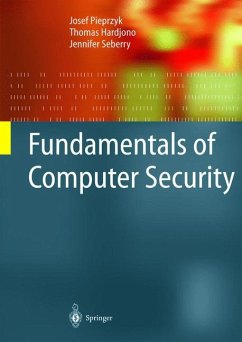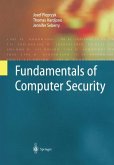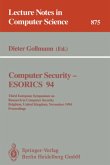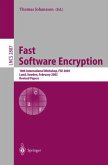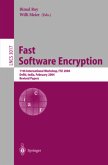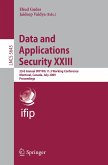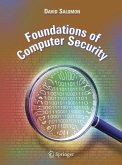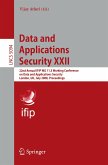This book presents modern concepts of computer security. It introduces the basic mathematical background necessary to follow computer security concepts. Modern developments in cryptography are examined, starting from private-key and public-key encryption, going through hashing, digital signatures, authentication, secret sharing, group-oriented cryptography, pseudorandomness, key establishment protocols, zero-knowledge protocols, and identification, and finishing with an introduction to modern e-bussiness systems based on digital cash. Intrusion detection and access control provide examples of security systems implemented as a part of operating system. Database and network security is also discussed.
This textbook is developed out of classes given by the authors at several universities in Australia over a period of a decade, and will serve as a reference book for professionals in computer security. The presentation is selfcontained. Numerous illustrations, examples, exercises, and a comprehensive subject index support the reader in accessing the material.
Hinweis: Dieser Artikel kann nur an eine deutsche Lieferadresse ausgeliefert werden.
This textbook is developed out of classes given by the authors at several universities in Australia over a period of a decade, and will serve as a reference book for professionals in computer security. The presentation is selfcontained. Numerous illustrations, examples, exercises, and a comprehensive subject index support the reader in accessing the material.
Hinweis: Dieser Artikel kann nur an eine deutsche Lieferadresse ausgeliefert werden.
From the reviews: "The goal of the book is to present the basic concepts in computer and network security. ... It has 18 chapters, each ... concluding with a set of exercises and problems. ... the book overviews the most important topics of cryptography and some topics on computer security. It may be used for self-study, as well as a text for undergraduate and postgraduate courses." (Lenka Fibikova, Zentralblatt MATH, Issue 1011, 2003)

